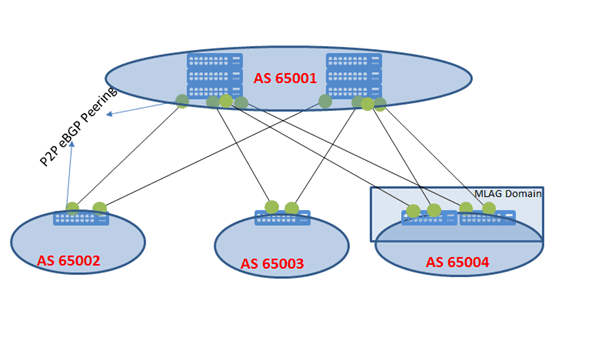VxLAN is becoming de facto standard for the Data Center networking envitoments. In current and future implementations, VxLAN provides an overlay over a Data Center Spine-Leaf networks. It is decoupled from the Underlay which is static and robust. In the early implementations of Data Center Networks, there was no such a thing that applications are …






